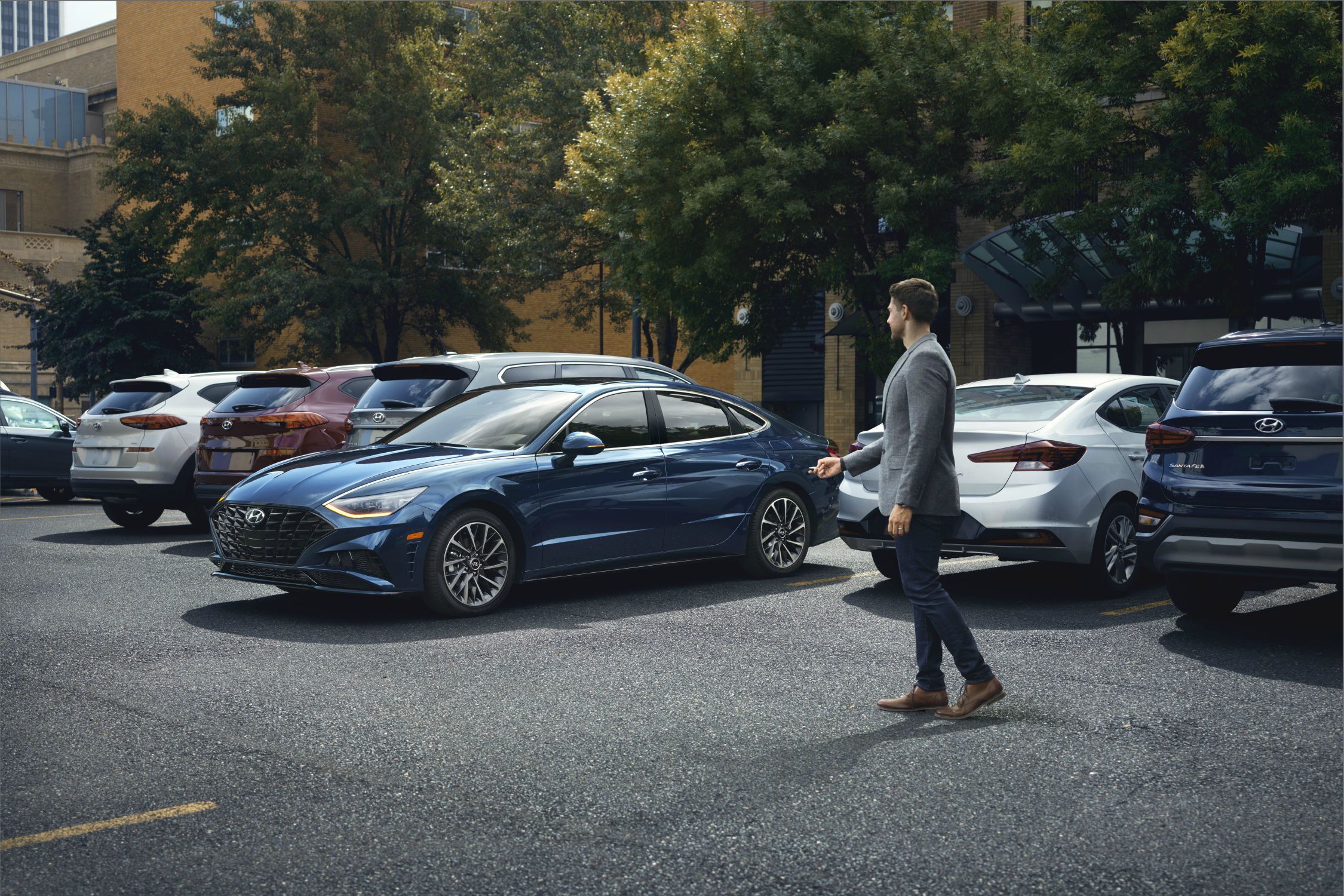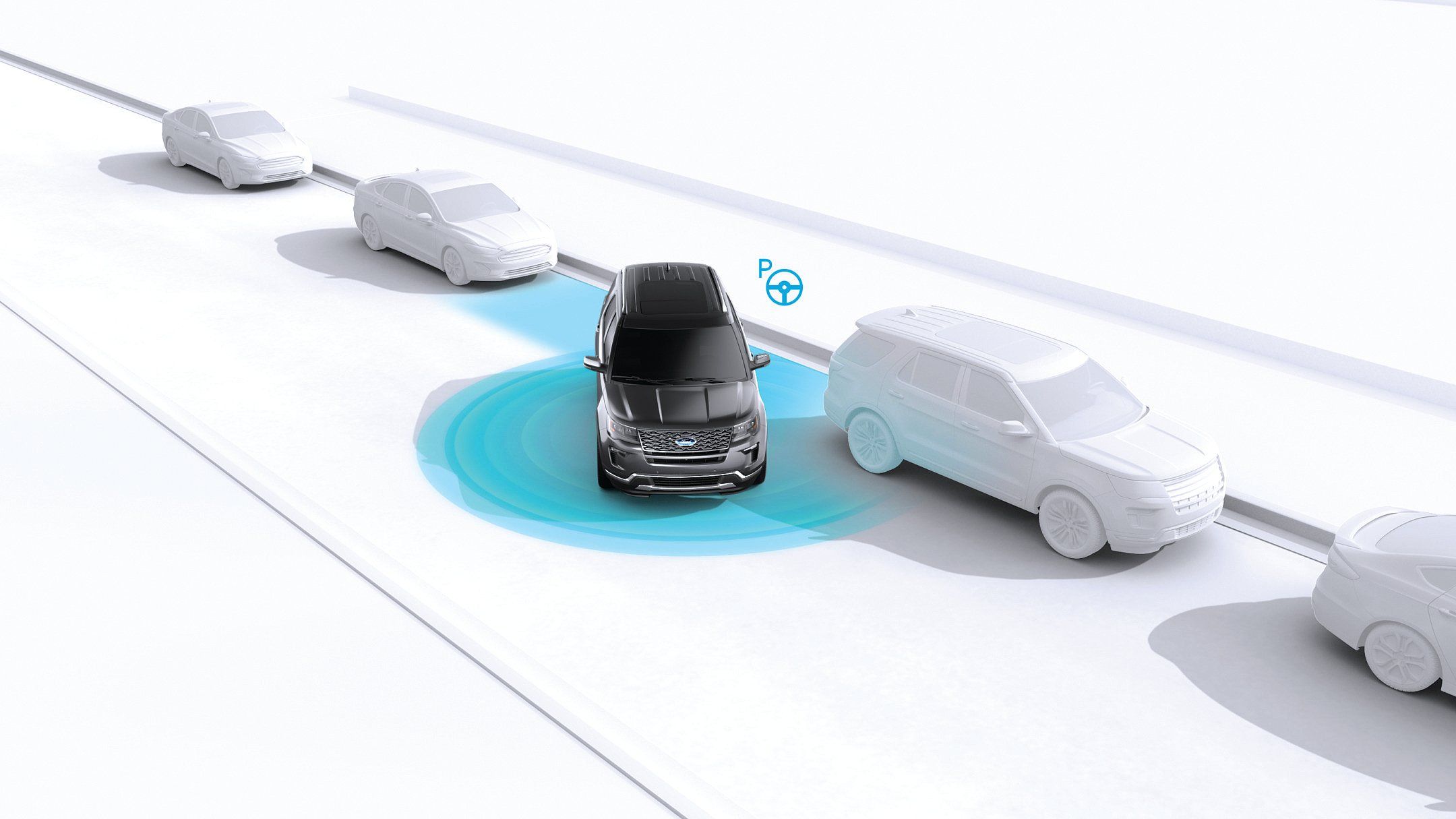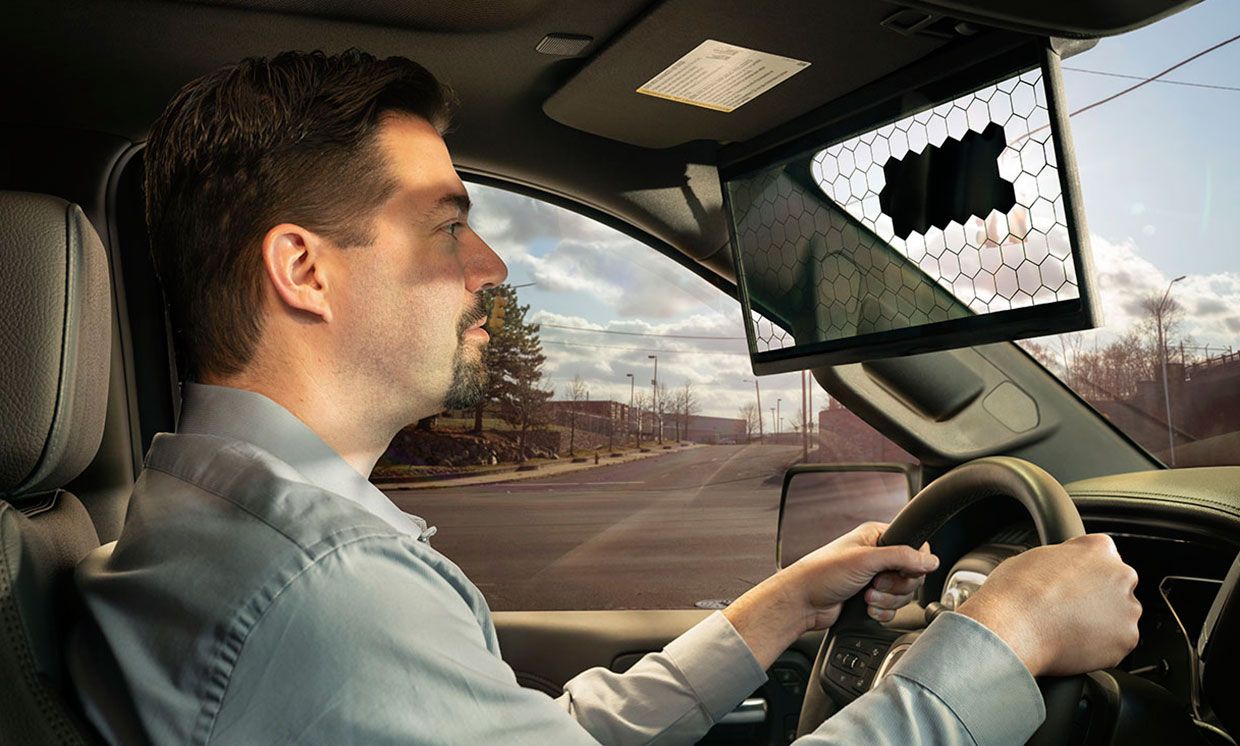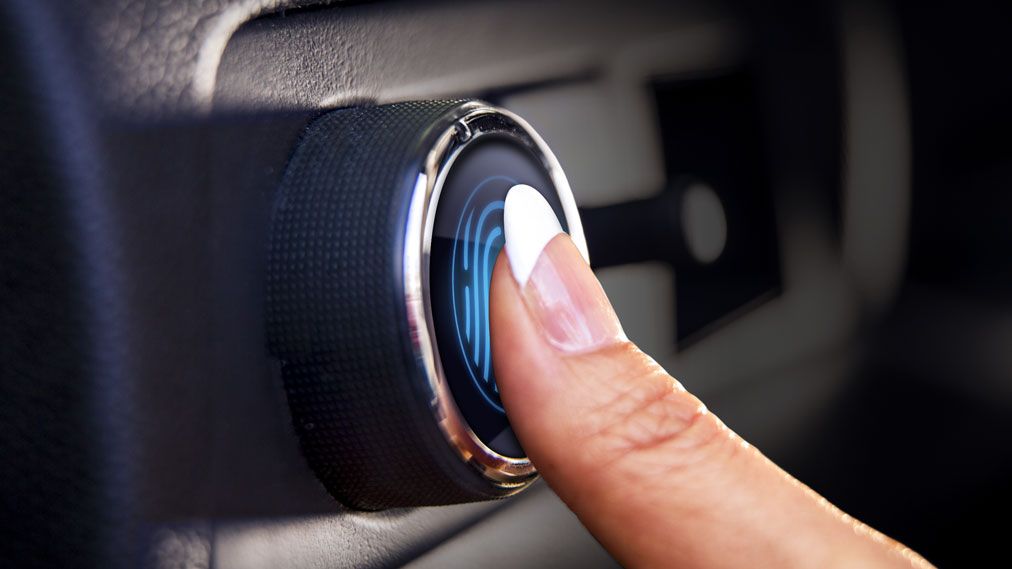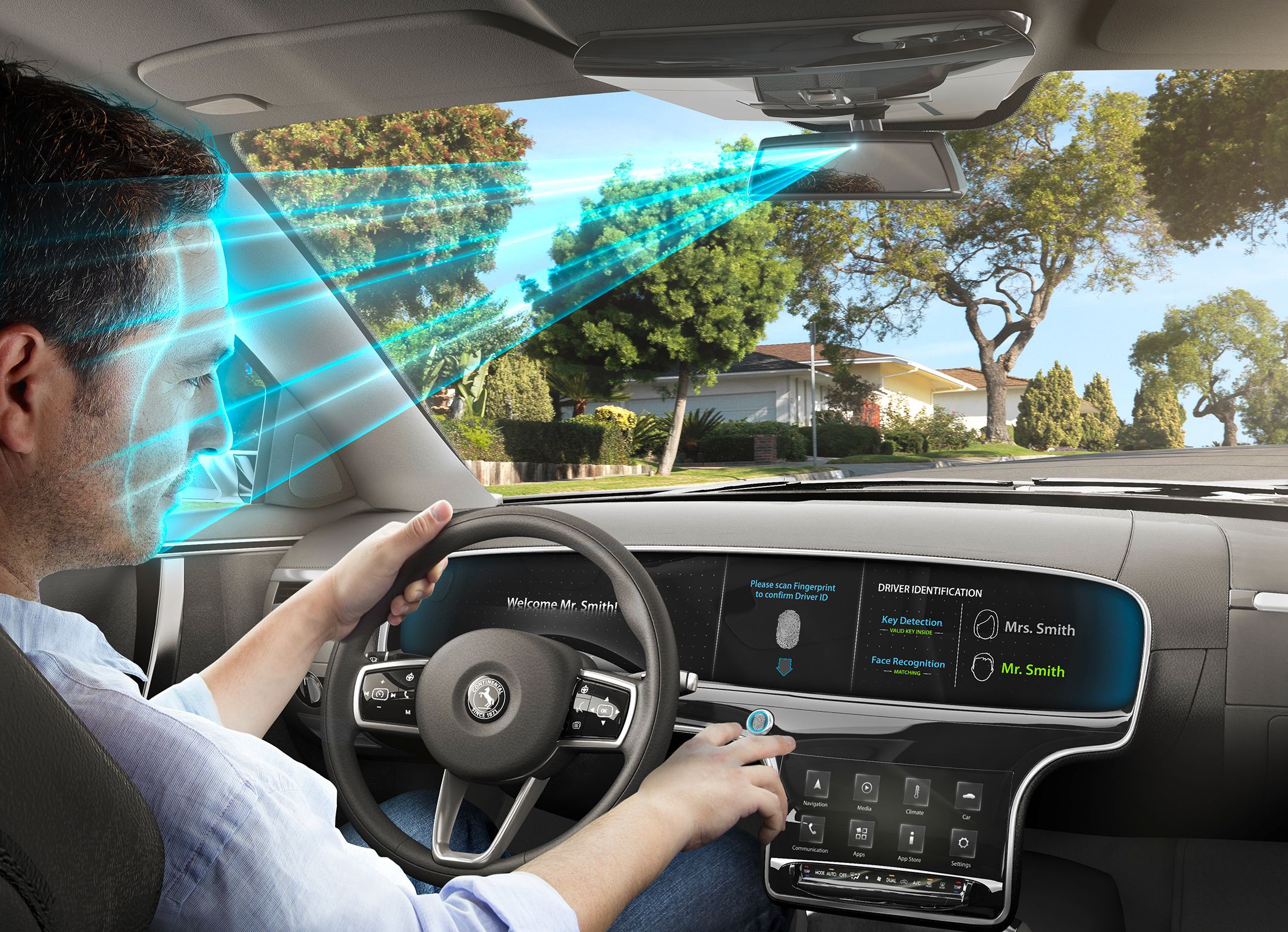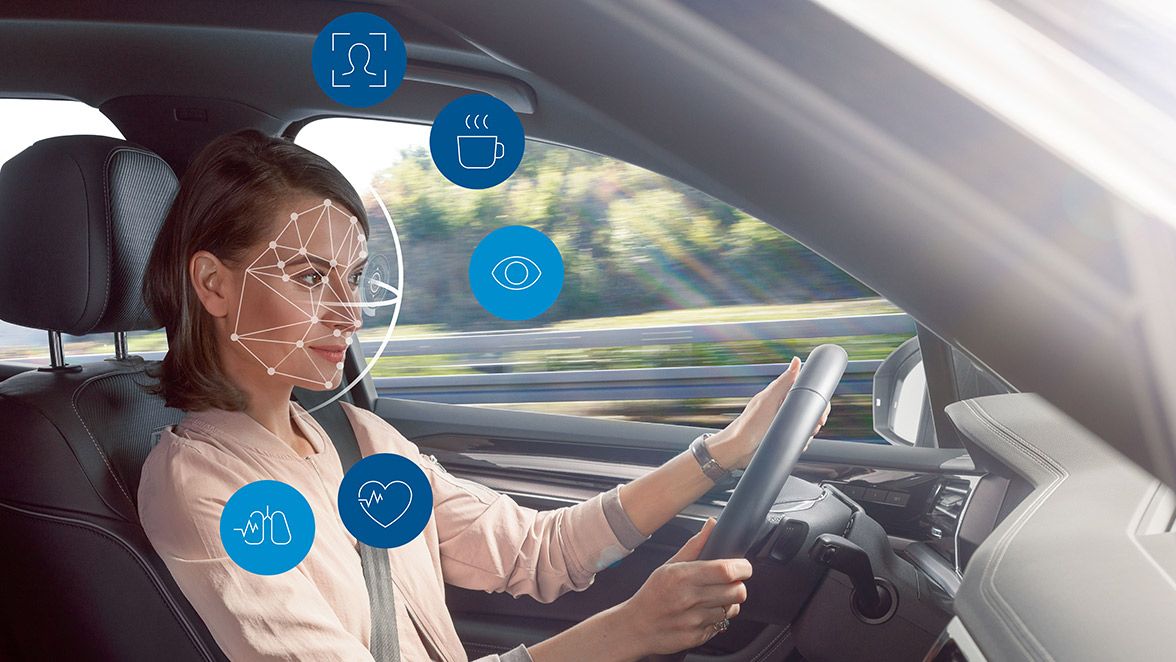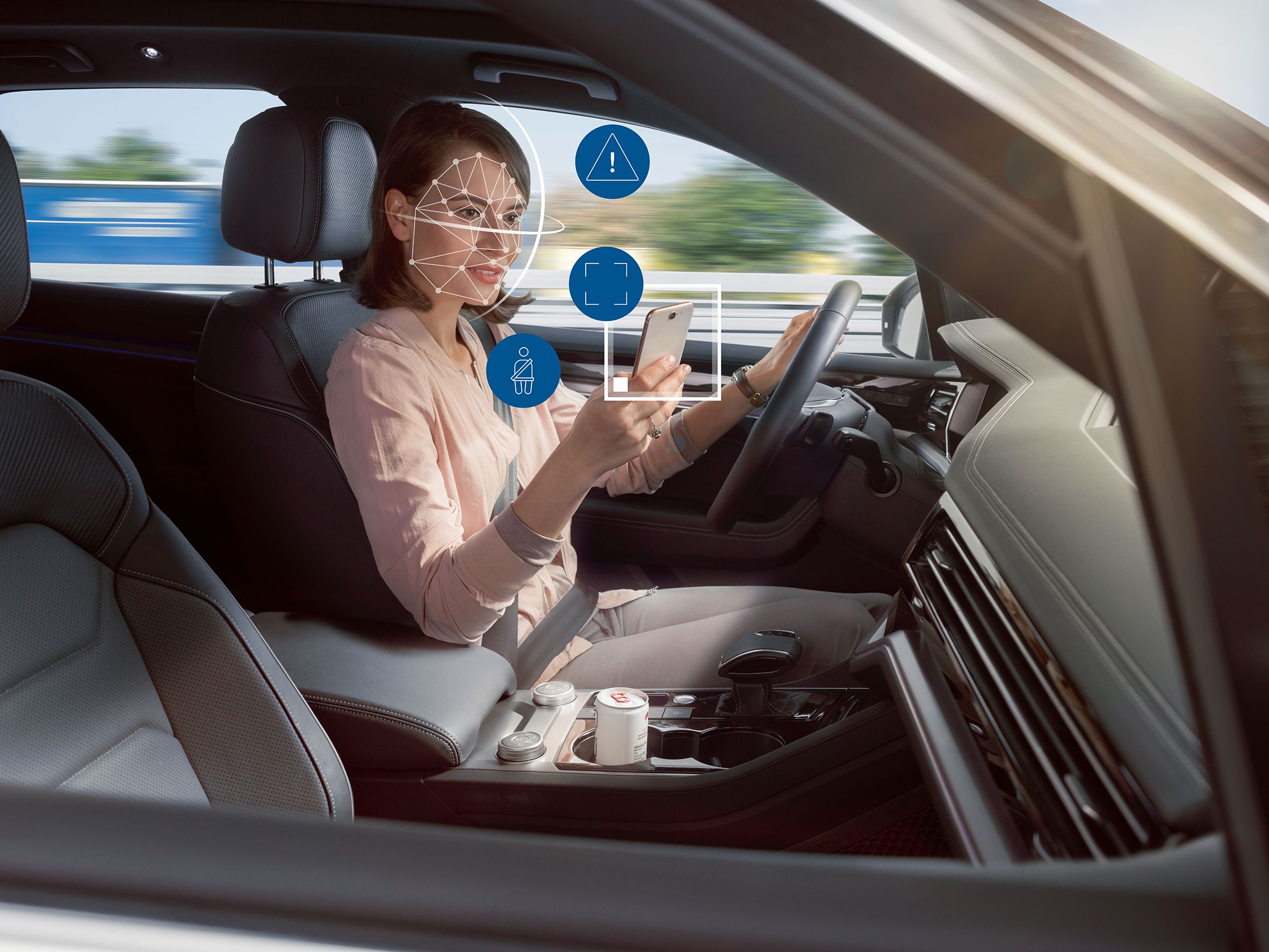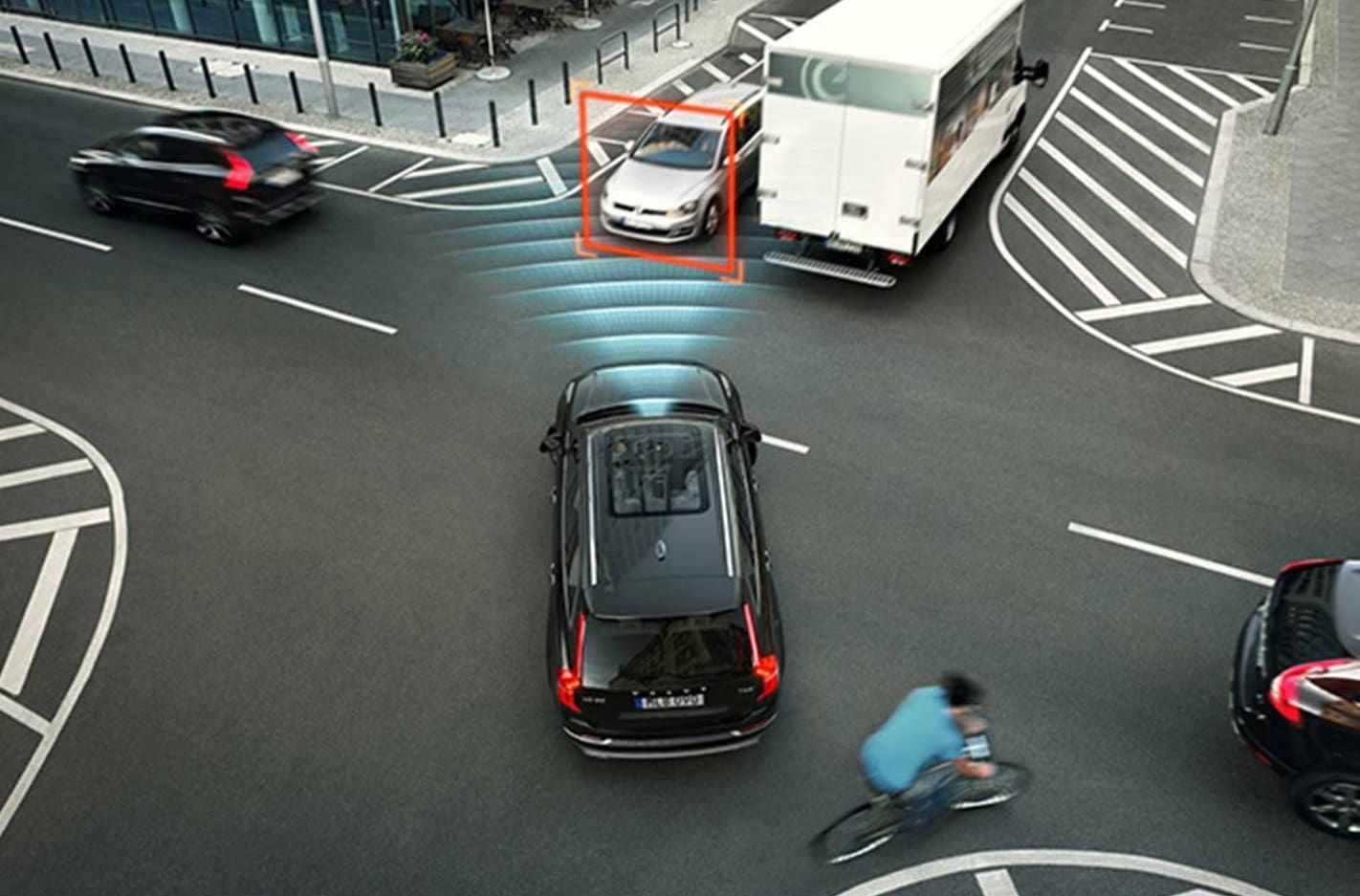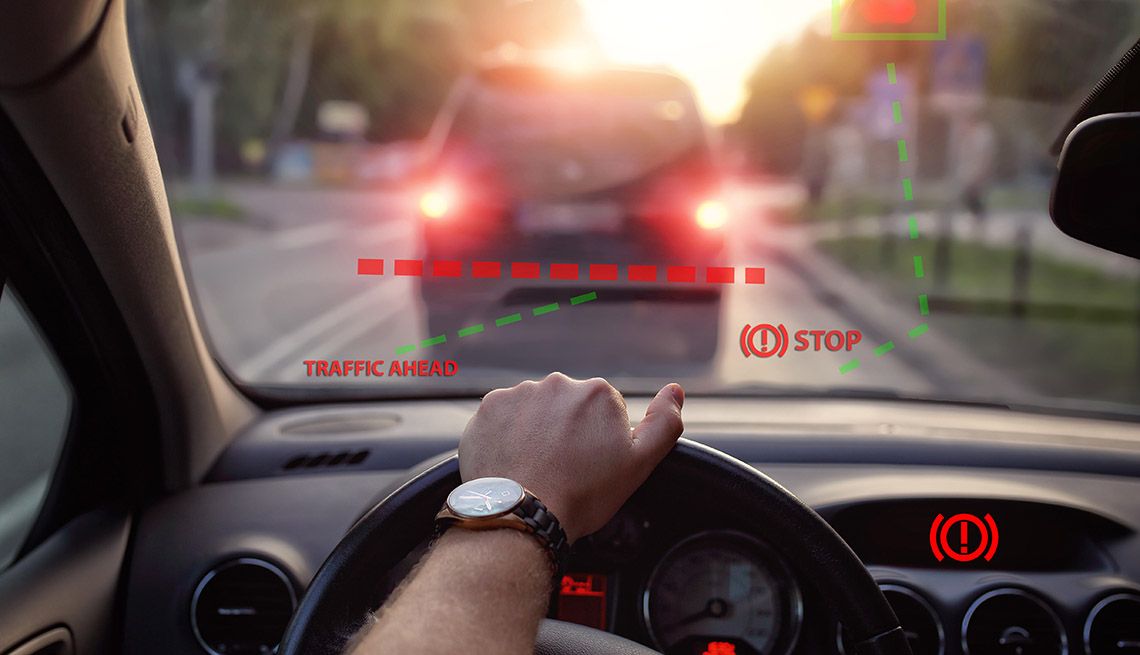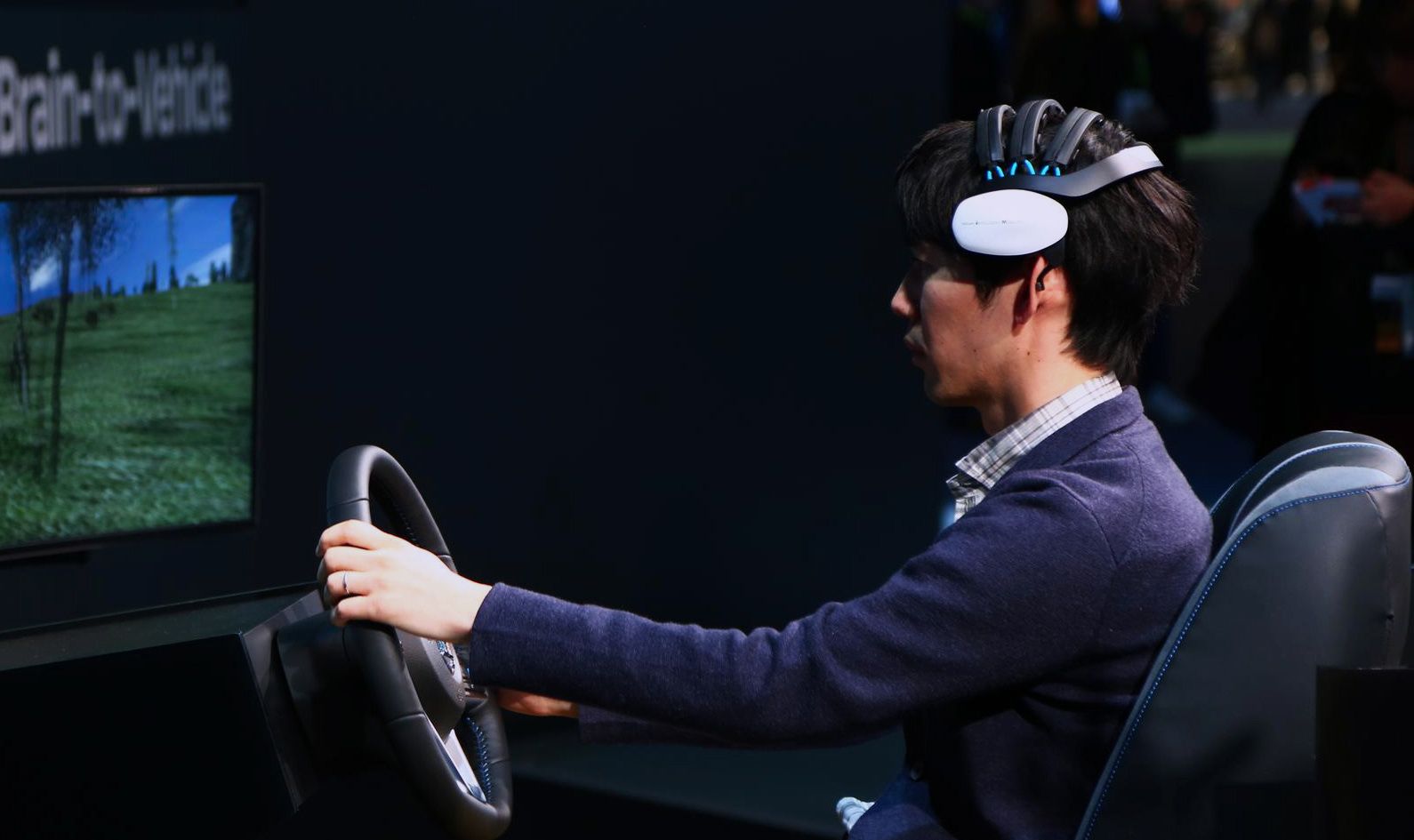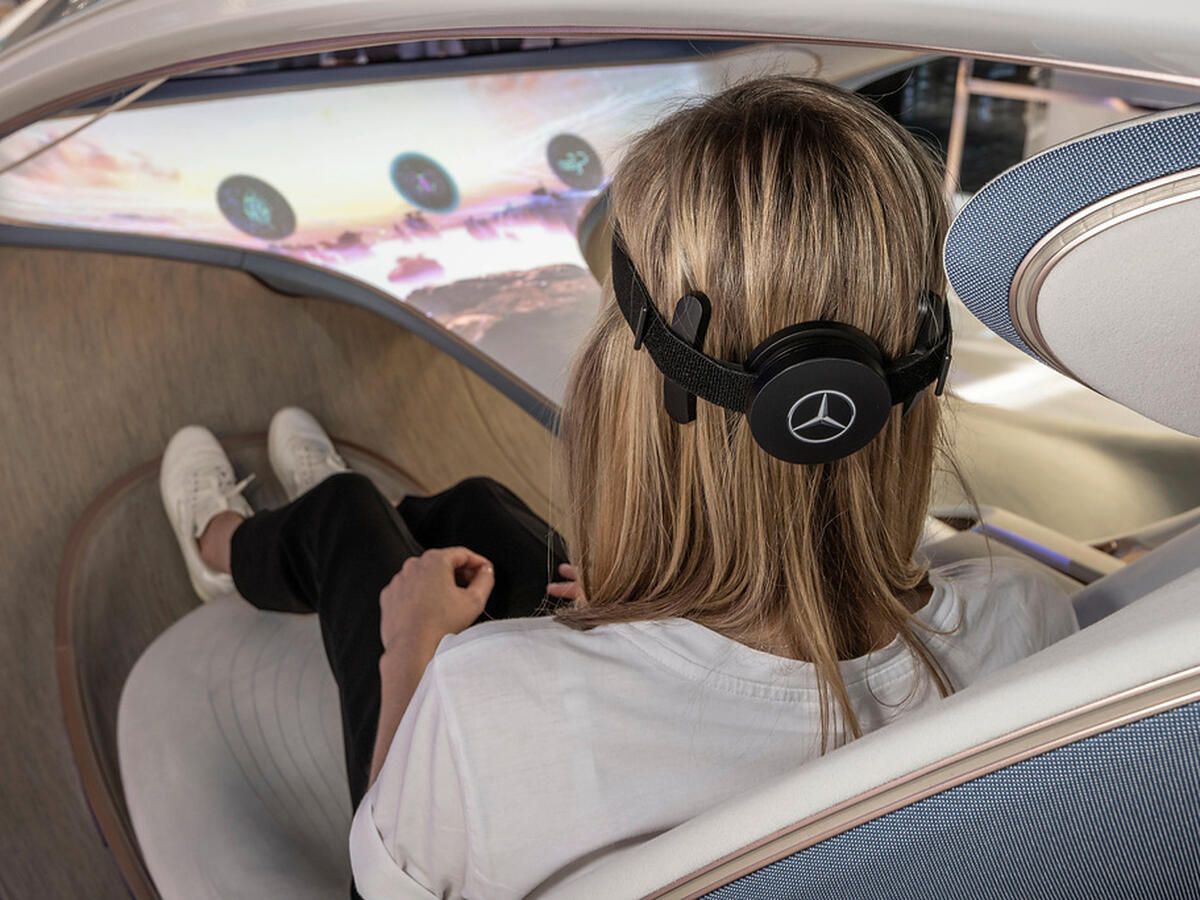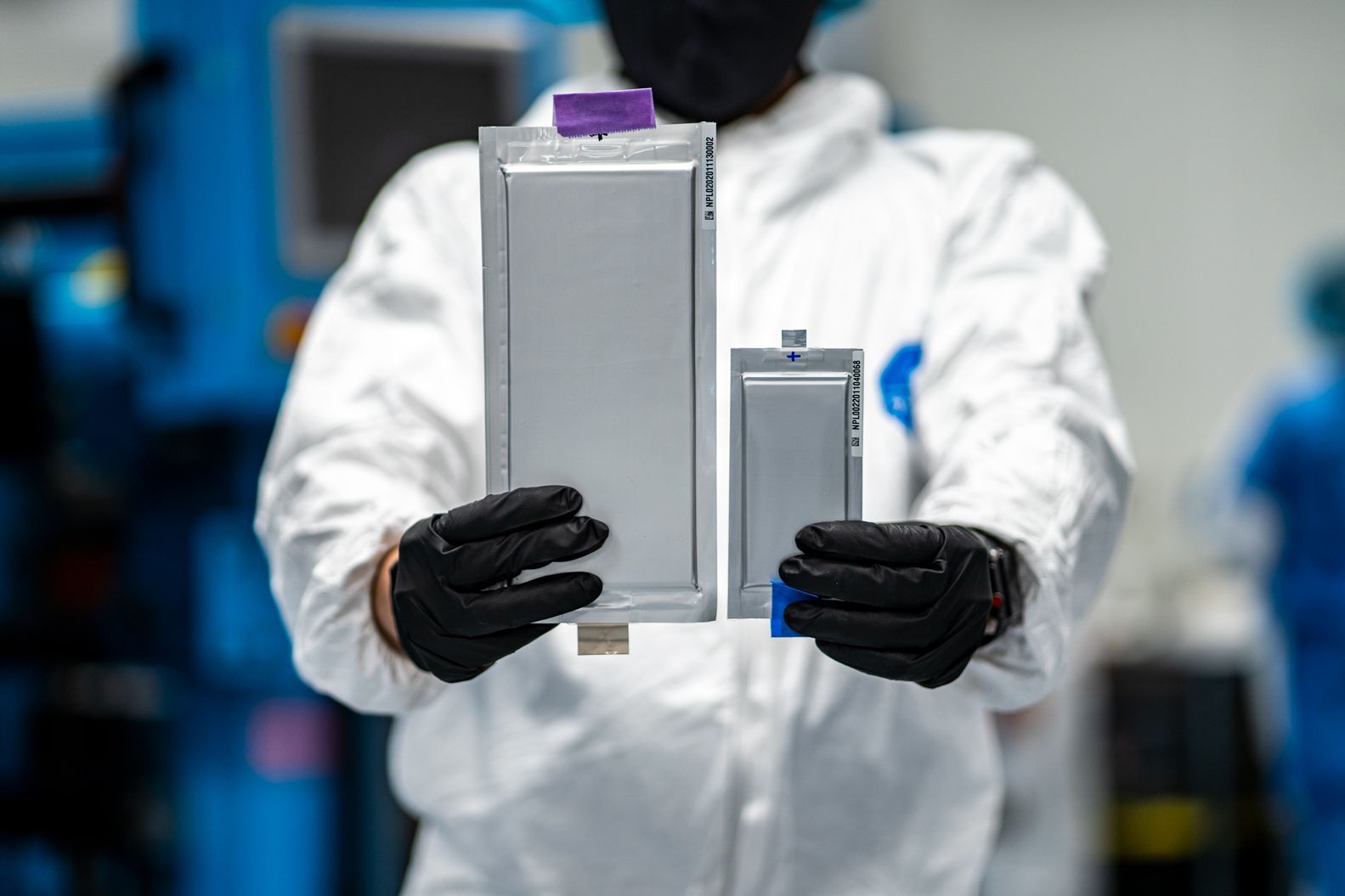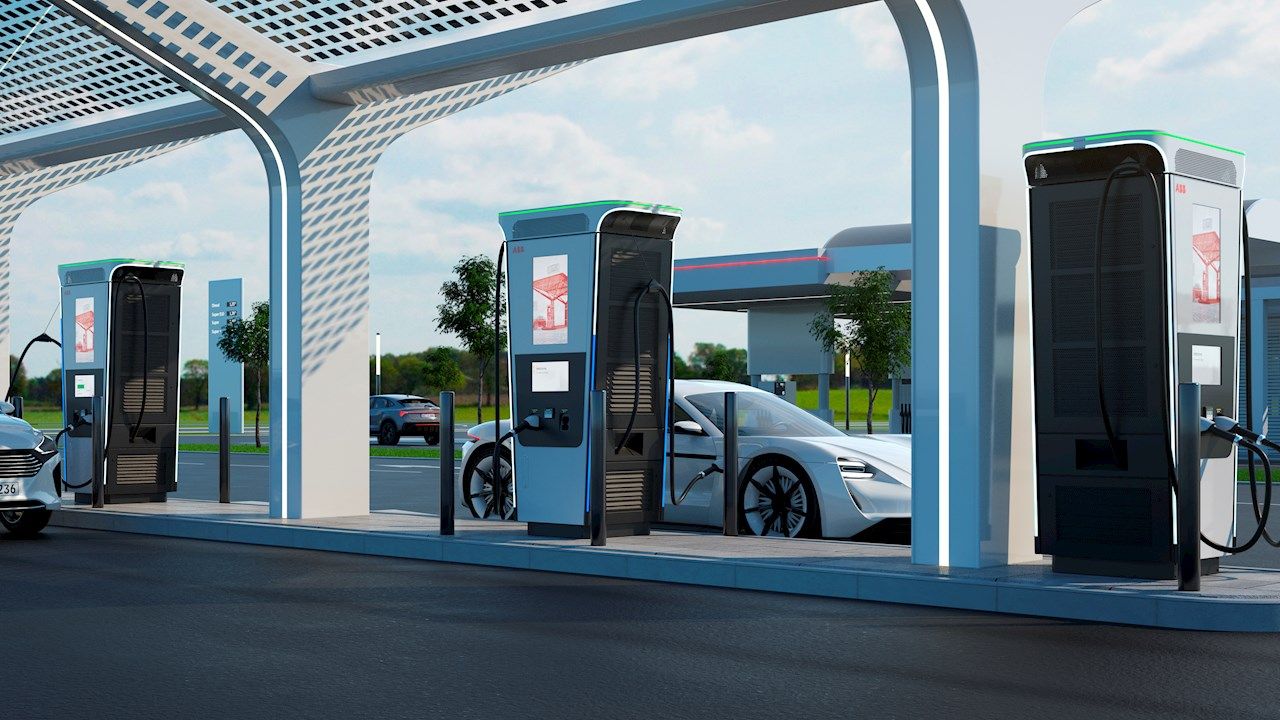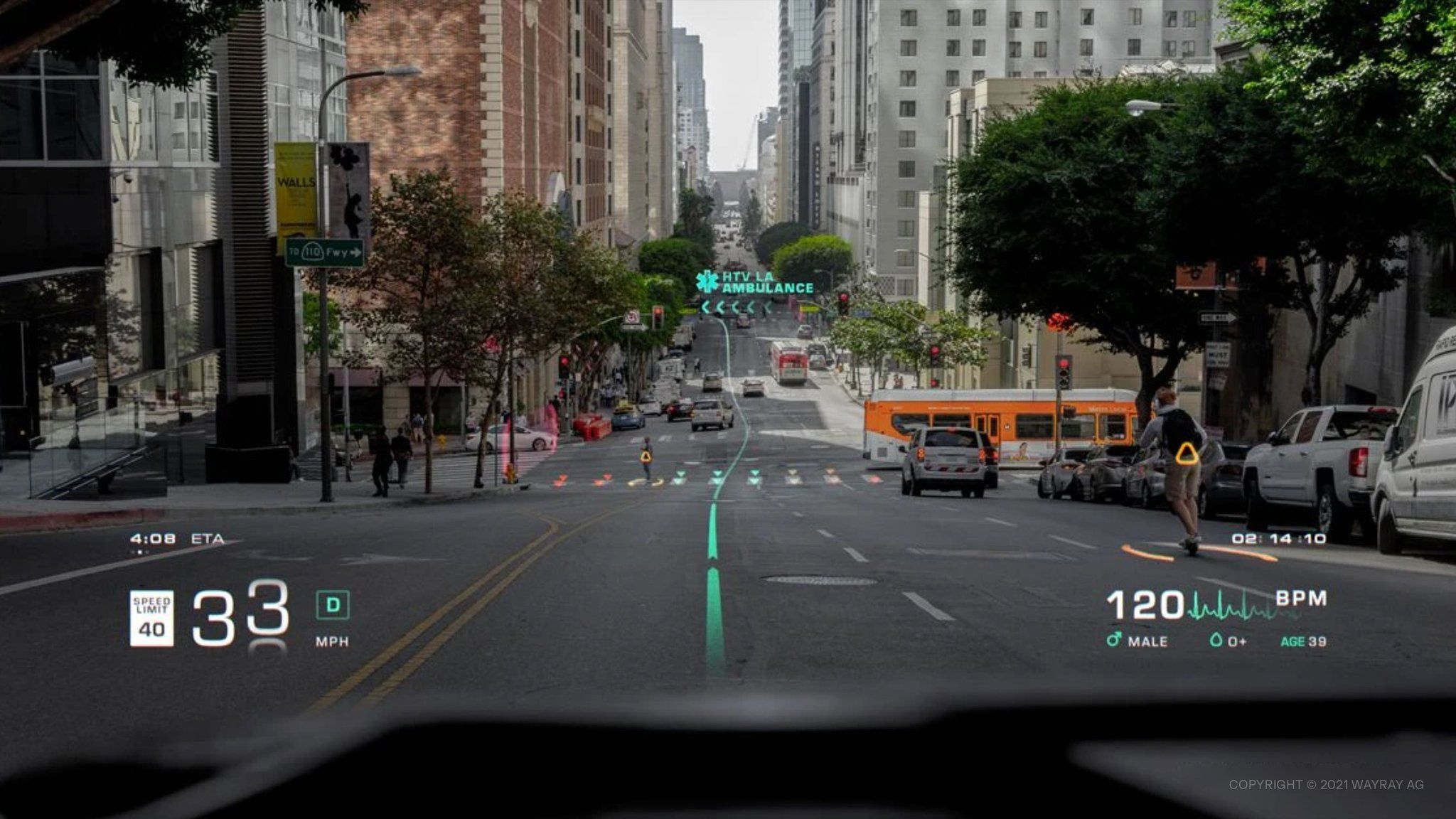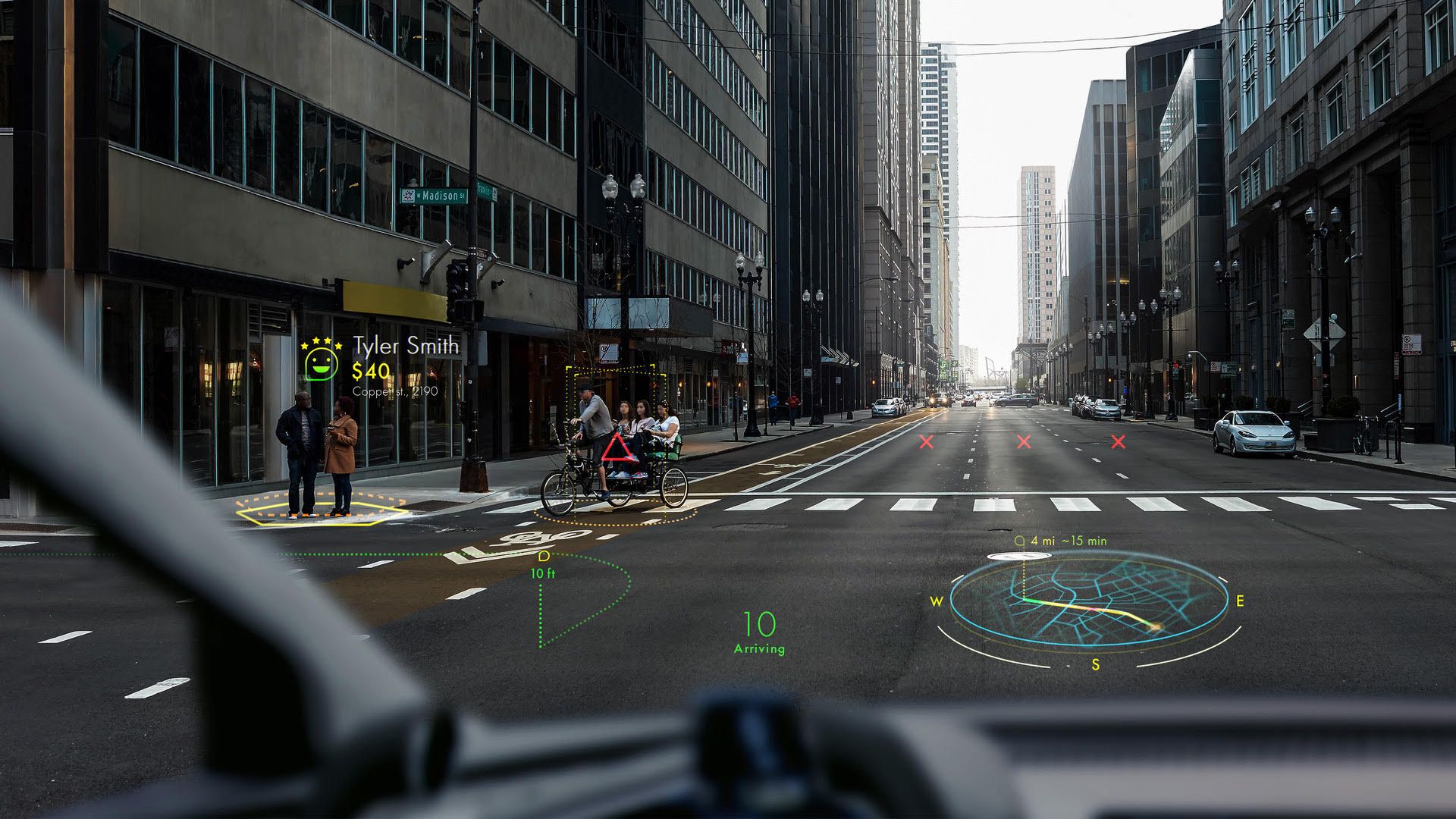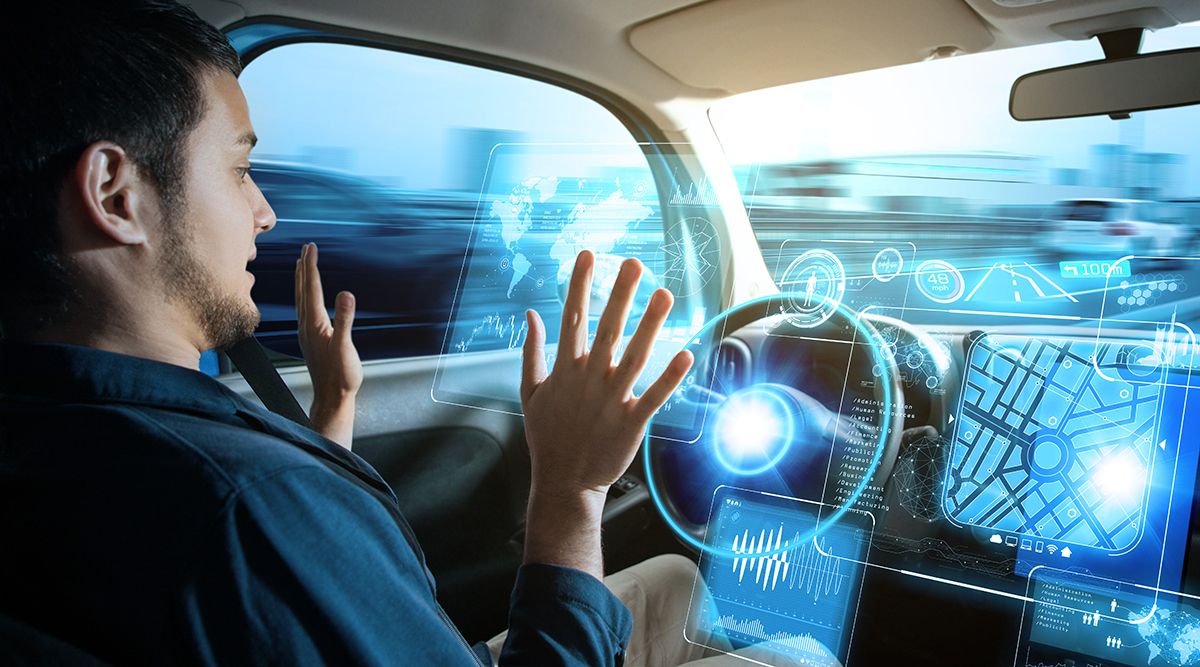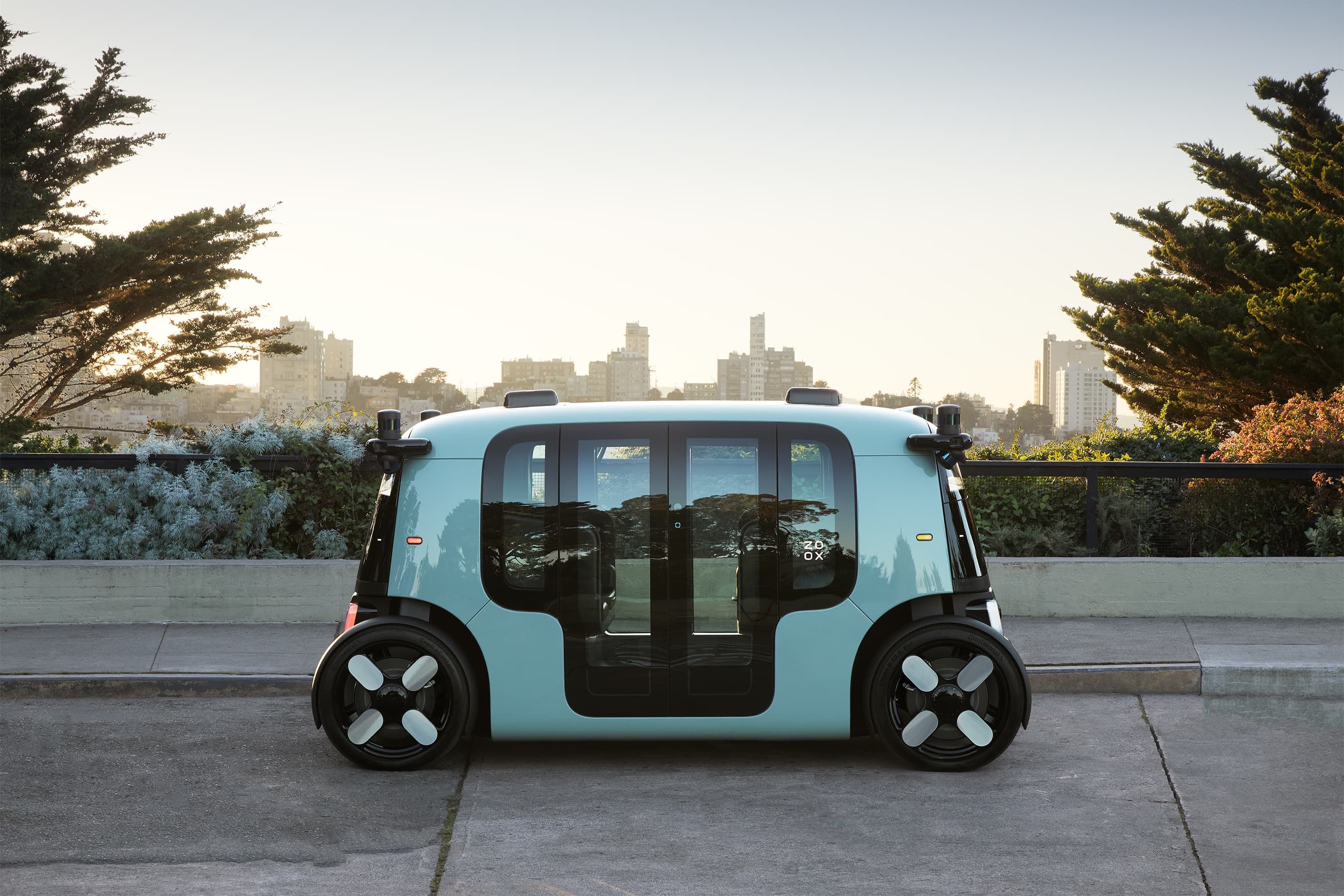A lot can happen in a decade. Take Tesla, for example. The automaker offered its first mass-produced fully-electric car, the Tesla Roadster, in 2010. A decade later, Tesla flaunts an impressive range of electric vehicles, becoming the first automaker to sell 2 million EVs. Of course, flipping and cherry-picking through history is easy, but predicting the future of technology is a whole new ball game. Nonetheless, understanding how far car technology has come in a decade gives us a clue on how much further it can evolve within another decade.
Despite optimism in a more fantastic future, the only thing we know for sure is that car technology is moving faster than it ever has, with numerous firms willing to push beyond the boundaries of what's possible. Recently, tech firms and automakers have made significant announcements on future projects. While a majority are still tinkering with concepts and several others buzzing in development stages, a few of them are ahead of the curve in implementing them in a few cars. After assessing the current trajectory of technological development in the automotive industry, here are a few innovations we expect to go mainstream in the next decade.
10 Automated Parking Assist
Parking a car is a skill in itself, and it's always hilarious watching a nervous driver realigning to attack a parking spot from a better angle as a line of frustrated drivers watches in agony. Well, all that could change soon as automakers keep upgrading the automated parking assist feature.
Car companies such as Volvo, Ford, and Hyundai already have varying forms of autonomous parking features installed in some of their models, and we can expect their competition to try and keep up. However, we're not too far from the Holy Grail of technology, where you'll be able to send your car into a parking garage by itself as you proceed with your business and then request that it returns when you're ready to leave.
9 Smart Visors
The sun's direct glare is right up there among the most annoying things to encounter during a pleasant drive. Although the century-old sun visors have saved countless lives for many years, they also hamper visibility to a certain degree. A better solution? How about Bosch's digital sun visor, estimated to offer up to 90% more visibility.
According to Bosch, the digital visor employs a transparent LCD visor that relies on a driver-facing camera to intelligently blackout section by section, only blocking areas impeding driving visibility. Whereas it's at least a few years from implementation in road-going cars, the innovation will likely show up quickly and widely since Bosch is currently one of the leading suppliers in the auto industry.
8 In-Car Biometric Technology
Biometric technology is already weaving its way into an integral part of daily life for most of us. Currently, we rely on facial recognition, fingerprint systems, and voice commands as secure passcodes to access our homes, phones, laptops, and various other gadgets. Therefore, it's no surprise that automakers plan to implement in-car biometric technology as part of future mobility, hot in the heels of Hyundai's 2018 fingerprint scanner.
Considering how widely biometrics is embedded in everyday gadgets, our bodies will soon become tamper-proof passwords to unlock car doors and start engines in the coming years. Besides improving security, biometrics will enhance the quality of life since the car will identify whoever is in the driver's seat and automatically customize all interior settings according to their autosave preferences.
7 Interior Monitoring Technology
Kia Motors unveiled the Real-time Emotion Adaptive Driving (R.E.A.D) system in 2019, a multimodal recognition system that simultaneously scans the occupant's body to grasp their emotional and physical states in real-time. As other automakers continue to gain interest in the technology, we can expect future cars to scan the occupant's heartbeats, facial expressions, breathing, and skin conduction through cameras, radar sensors, and ultrasonic waves installed in the cabins.
Through these automated scans, cars will have the ability to detect stress levels, anxiety, or even whether the driver is preoccupied with anything else other than the core task of driving. Overall, we can anticipate interior monitoring technology will make roads safer in the next few years by assessing the car's occupants and making suggestions depending on the data collected from the analysis.
6 Vehicle-To-Vehicle Communication
Vehicle-to-vehicle communication, abbreviated as V2V, is an ingenious system that allows vehicles to wirelessly exchange information about their location, speed, and direction of mobility. V2V enables vehicles to create a 360-degree awareness of others in its proximity. However, this is not new technology, and it's been around for several years.
Unfortunately, V2V has not been fully effective because it requires all vehicles on the road to communicate with each other, not just a fraction of them. Hopefully, within the next decade or so, the relevant Federal agencies, tech firms, and automakers will be installing a comprehensive communication network for all road users, including cars, trucks, buses, motorcycles, bicycles, and pedestrians. Should V2V be effectively implemented, the technology will improve the environment, help to avoid crashes, and ease traffic congestion.
5 Automated Emergency Braking
When automakers realized that a few feet or a split second could make a big difference in preventing collisions, some of them incorporated an automated emergency braking system in their vehicles. The system utilizes sensors to track cars ahead and engages the brakes when the distance becomes critically short. However, some AEB systems work in tandem with vehicle-to-vehicle technology to detect vehicles, cyclists, and pedestrians around them.
But since owning a car that suddenly stops on its own can both be startling and intimidating, AEB is typically paired with forward collision warning systems that utilize either visible signal, sound, or tactile feedback before AEB is engaged. With increasing emphasis on road safety, we expect automakers to fully upgrade and integrate automated emergency braking systems, making them standard across all vehicle segments in the next decade.
4 Brain-To-Vehicle Technology
According to The Verge, Nissan announced in 2018 its intentions to make future cars that read our brains to prevent accidents. Dubbed B2V, Nissan designed a brain decoding system that allows automobiles to anticipate the driver's intentions and initiate the action before they do. The technology will supposedly cut reaction time by as much as half a second, a significant margin that could save lives.
At the recent IAA Mobility 2021 vehicle showcase, Mercedes-Benz presented the ridiculous Vision AVTR, a concept car with a brain-computer interface headset that converts the driver's neural activity into real-time commands. Considering we are several years from fully autonomous vehicles, brain-to-vehicle technology presents a more conceivable idea where human beings don't relinquish all their will to a machine and instead offer guidance in decision-making.
3 Solid-State Batteries
Lithium-ion batteries have worked well to solve many issues associated with lead-acid batteries, but they also came with baggage. You require heavy batteries to deliver the same range as an ICE vehicle, and the charging time makes electrification dull. As such, a solution to the challenges of the lithium-ion battery, the solid-state battery, is well in the works.
According to predictions, a solid-state battery would be as small as a gas tank, weigh almost like a full one, and require a few minutes to charge fully. And the icing to this cake? The battery is not flammable like liquid batteries or gas. Although production is prohibitively expensive, automakers are determined to mass produce solid-state batteries in three to five years. Within a decade, we might run out of reasons not to own electric cars.
2 Augmented Reality Systems
Currently, virtual reality is in play in e-showrooms throughout the internet to showcase vehicle features and allow consumers to take virtual test drives. That's insane. However, most modern cars already have the infrastructure to allow augmented reality to jump into the driver's seat, whether you realize it or not.
Safety features such as lane guidance, speed limit sensors, cameras, smart rearview mirrors, and smart displays have already laid the groundwork for augmented reality systems. Many companies are aware of the potential for growth and improvement for in-car augmented reality, opting to pump millions into Swiss firm WayRay strategically. If WayRay's projections are accurate, we could see augmented reality windshield tech in numerous cars in the next few years.
1 Autonomous Driving
We have all speculated that the auto industry has been on the verge of unveiling fully-autonomous cars for several years. Sadly, we are closing the curtains on 2021, and we are still many years from retiring the vintage steering wheel and pedals. Nonetheless, Tesla has made impressively steady progress with Level 2 autonomy FSD tests in road-going cars within the last year.
Also, Amazon's Zoox has already shown promise with Level 3 autonomous testing in Las Vegas and the Bay Area. In contrast, companies like Magna, Waymo, and NAVYA have surged ahead and unlocked Level 4 autonomy. Understandably, the elite Level 5 autonomy is far from reality, but we can expect Level 2 to Level 4 autonomous driving to go mainstream in the next decade.

-(1).jpg)
